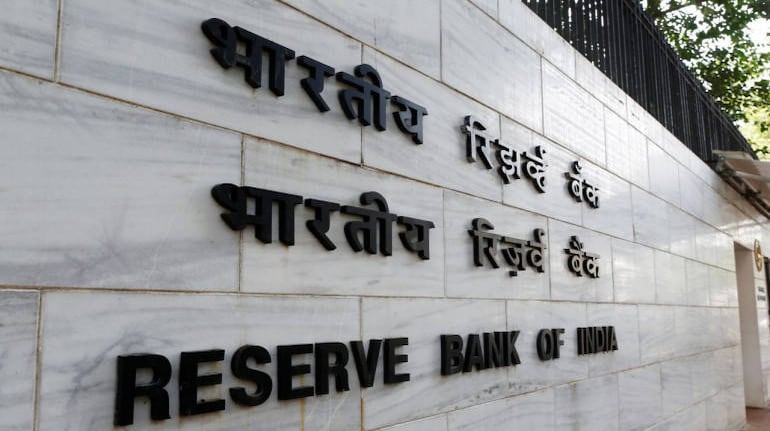While growth needs to be revived, high inflation must be contained before it hurts the impulses of growth recovery, said the Reserve Bank of India’s monthly bulletin on Thursday.
It described the price pressures as ‘worm in the apple’.
“Efforts need to be redoubled to excoriate the ‘worm in the apple’ – inflation – before it hurts the impulses of growth that are taking root,” authors remarked in an article on state of the economy published in the RBI’s latest monthly bulletin.
Efficient, effective and timely supply management, including checking runaway retailer margins and reducing the incidence of indirect taxes on consumers, can break the back of the inflation pressures before they incipiently broaden and work against the intent of fiscal and monetary stimuli, the article said.
High inflation has been a persistent worry for the central bank over the last three quarters even as monetary policy makers are on a mission to revive the economy that is projected to contract this year. The monetary policy committee (MPC) has been given a mandate to keep inflation in a 2 percent -6 percent band targeting a mid-point of 4 percent. But, the CPI inflation has been hovering over the upper band in the recent months.
The recovery in Indian economy will be stronger than expected in the last quarter of the current momentum is sustained, the bulletin said, adding economists have already trimmed forecasts on economic contractions for the year. The RBI expects the GDP to contract by 7.5 percent in FY21 as against 9.5 percent projected before.
Since the assessment presented in the last month’s article (November), more evidence has been turned in to show that the Indian economy is pulling out of COVID-19’s "deep abyss" and is reflating at a pace that beats most predictions, the bulletin said.
Economic conditions continued to improve through November 2020 on the back of the uptick in agriculture and manufacturing activity, it said, adding, financial conditions embodied in interest rates are perhaps at their easiest in decades. Although headwinds blow, steadfast efforts by all stakeholders could put India on a faster growth trajectory.
Coincident Index
According to a Coincident Index created by the RBI with daily high frequency variables to capture the dynamics of economic activity at state level in India, states across all the regions saw a sharp fall in economic activity in April following the announcement of nationwide lockdown.
Subsequently, CIs of all regions exhibited recovery, albeit, with intermittent downward movements, it said.
“As per CIs, Northern region saw the sharpest recovery in June followed by positive momentum in July, while the Western states of Gujarat and Maharashtra saw the slowest recovery, which was prolonged till end-July and first week of August,” the bulletin said.
Notably, CIs for states across regions registered sharp upturn in October. Even though some moderation was recorded in first half of November, momentum remained positive and revived in the second half in most states, the bulletin said.
Furthermore, CI has a positive and statistically significant relationship with growth in industrial output, the bulletin said.
Business sentiments
According to the quarterly Services and Infrastructure Outlook Surveys conducted by the RBI, the overall sentiments of the companies remained optimistic, though gradually moderated before the severe impact of COVID -19 pandemic was felt in Q1, 2020-21.
“Business sentiments have moved to recovery path subsequently but are yet to reach the pre-pandemic levels,” the bulletin said.
The services and infrastructure companies felt continued salary pressures till the outbreak of the pandemic. Subsequently, salary outgo was assessed to have declined as corporates perceived lower engagement of employees over one quarter, the survey showed.
Further, respondents reported constant input cost pressures till 2019-20. With improved perceptions on input costs subsequently, the selling prices also showed a declining trend, the survey showed.










_2020091018165303jzv.jpg)



























